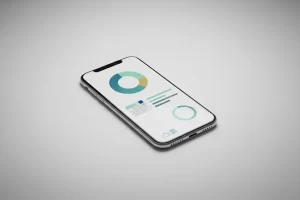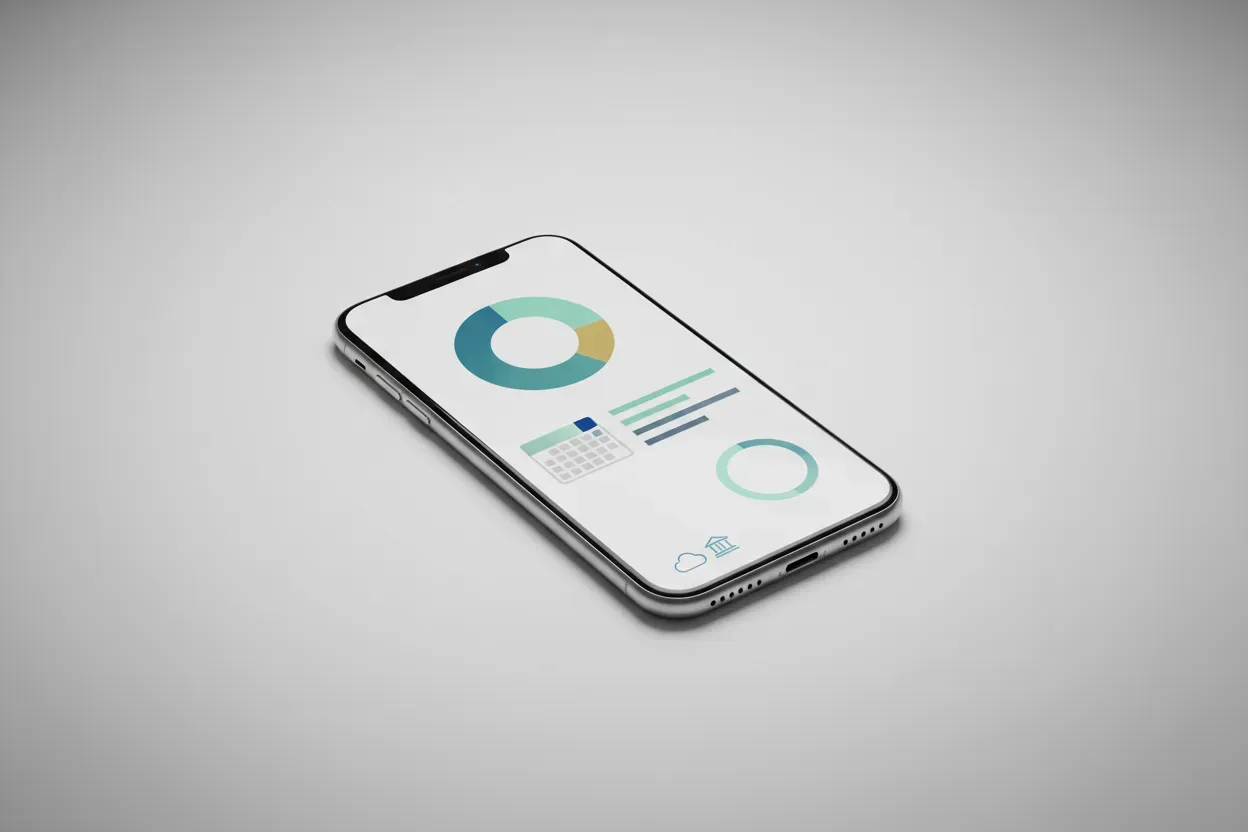What’s Your Method for Evaluating the ROI of Various Business Initiatives?
Understanding the return on investment for major business initiatives is crucial, so we’ve gathered insights from founders and CEOs, among others, to share their experiences. From aligning outcomes with financial goals to tracking a software’s impact on efficiency, explore the diverse methods used in these seven real-world examples.
- Aligning Outcomes with Financial Goals
- Analyzing Ad Campaign Conversions
- Defining Goals for Informed Decisions
- Calculating Project’s Net Present Value
- Assessing Eco-Friendly Line’s Revenue Impact
- Determining Incremental Revenue for ROI
- Tracking Software’s Impact on Efficiency
Aligning Outcomes with Financial Goals
Calculated ROI by aligning project outcomes with financial goals. Took revenue generated from the project, subtracted the initial investment, and divided that figure by the investment again. Multiplied by 100 for the percentage.
Assessment didn’t just stop at hard numbers. Looked beyond revenue. Considered customer lifetime value, brand awareness, and market share growth. These metrics can be as significant as immediate financial gain.
The project? A comprehensive digital marketing campaign. Invested in SEO, content marketing, social media ads. Tracked not just leads and conversions but also engagement, website traffic, and keyword rankings. Qualitative feedback from customers is also critical.
Traditional ROI focuses on immediate profits. But in digital marketing, it’s essential to weigh long-term value. An uplift in customer loyalty or a stronger online presence can yield dividends down the line. That’s the holistic view we take.
Remember, an ROI calculation is not just about the ‘return’ in the short term; it’s about setting the stage for sustained business growth.
Casey Jones, Founder, Head of Marketing, CJ&CO
Analyzing Ad Campaign Conversions
Keeping in mind the project with a customer from the software industry, we were in charge of implementing a paid-advertisement campaign on Google Ads that promoted their new product launch. To calculate the ROI, we traced the total ad payment, the number of clicks that were produced, and then how many conversions there were from them.
Having run our campaign for three months already, we analyzed the data and learned that the conversions resulted in increasing the total revenue with the ad spend by up to 3.5 times. In short, it meant that the net return was 350%. Further, we also observed the CPA (cost per acquisition), seeing that it was 20% less than usual, meaning that the budget was utilized more efficiently.
Kartik Ahuja, Digital Marketer, kartikahuja.com
Defining Goals for Informed Decisions
As the CEO of Startup House, I always start by clearly defining the goals and objectives of the project. Then, I calculate the initial investment costs, including resources, time, and potential risks. Next, I estimate the potential revenue and savings that the project could generate.
By comparing the costs and benefits, I can determine the ROI and make an informed decision on whether to proceed with the project. This method has helped us prioritize projects that have the highest potential for success and profitability.
Alex Stasiak, CEO & Founder, Startup House
Calculating Project’s Net Present Value
Calculating and assessing the return on investment for a significant business project is a thorough analysis in terms of the cost of the project and the possible gain from it.
The first step is to formulate the initial expenses: buying assets, conducting market research, and developing the project. These costs are then equated with the projected returns, which can increase revenue, reduce costs, and provide other financial benefits. The present value of the future cash flows can be estimated by discounting them using an appropriate discount rate over the project’s lifetime.
Then, the net present value (NPV) can be calculated. When the NPV is positive, there is an expectation that the project will produce more value than the initial investment. Thus, it is a worthwhile endeavor. The internal rate of return (IRR) and the payback period are other financial metrics that can be used to assess the project’s profitability and time to recover the investment.
Peter Reagan, Financial Market Strategist, Birch Gold Group
Assessing Eco-Friendly Line’s Revenue Impact
For the launch of our eco-friendly athleisure line, we calculated ROI by comparing the project’s total cost against the generated revenue within the first six months. Costs included production, marketing, and operational expenses. Revenue was measured through direct sales and incremental increases in related product sales.
We also factored in intangible benefits, like brand enhancement and customer loyalty. The project showed a positive ROI of 120% within the specified period, validating our investment decision and guiding future budget allocations toward sustainable product lines.
Nicolas Krauss, Founder and CEO, dasFlow Custom Sublimation Apparel
Determining Incremental Revenue for ROI
For a significant business project, we calculated ROI by first determining the project’s total cost, including all operational and capital expenditures. We then measured the incremental revenue generated by the project over a specific period. The ROI was assessed by comparing the net profit (incremental revenue minus costs) to the project’s initial cost, providing a clear percentage of return.
This approach helped us make informed decisions on resource allocation and evaluate the project’s success against our financial objectives.
Fahd Khan, Director of Marketing & Technology, JetLevel Aviation
Tracking Software’s Impact on Efficiency
We recently implemented a new case-management software to streamline our internal processes and enhance client communication.
To assess its ROI, we tracked metrics, such as time saved on administrative tasks, increased efficiency in case handling, and client satisfaction feedback. By quantifying these improvements, we determined the software’s impact on reducing operational costs and boosting productivity.
This data-driven approach allowed us to make informed decisions about investing in similar tools and technologies in the future, reinforcing our commitment to providing top-notch legal services while remaining approachable and client-focused in Northern Alabama.







































